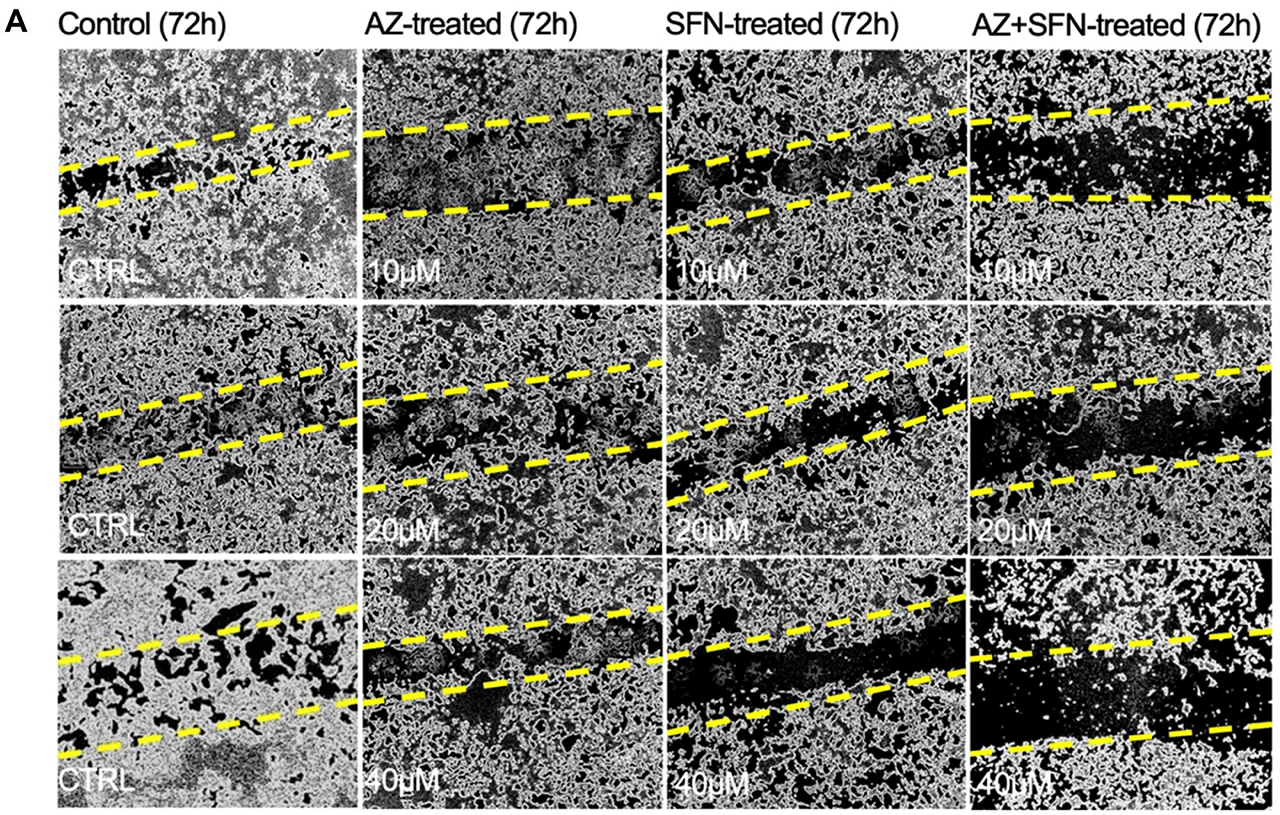Corrections:
Correction: Next-generation multimodality of nutrigenomic cancer therapy: sulforaphane in combination with acetazolamide actively target bronchial carcinoid cancer in disabling the PI3K/Akt/mTOR survival pathway and inducing apoptosis
Metrics: PDF 1278 views | ?
1Program in Developmental and Stem Cell Biology, The Hospital for Sick Children, Toronto, Ontario, Canada
2Department of Experimental Therapeutics, Thoreau Laboratory for Global Health, M2D2, University of Massachusetts, Lowell, MA, USA
3Department of Biomedical and Molecular Sciences, Queen’s University, Kingston, Ontario, Canada
4Department of Immunology and Allergy, The Hospital for Sick Children, Toronto, Ontario, Canada
5Laboratory of Oncology, IRCCS Casa Sollievo della Sofferenza, San Giovanni Rotondo FG, Italy
6Department of Internal Medicine, University of Chicago, Chicago, IL, USA
7Q.P.S. Holdings LLC, Pencader Corporate Center, Newark, DE, USA
8Institute of Biomedical Engineering, The Edward S. Rogers Sr. Department of Electrical & Computer Engineering, University of Toronto, Toronto, Canada
9Department of Cancer and Stem Cell Biology, KaviKrishna Laboratory, Guwahati Biotech Park, Indian Institute of Technology, Guwahati, Assam, India
10Department of Immunology and Infectious Diseases, Forsyth Institute, Cambridge, MA, USA
Published: August 04, 2022
Copyright: © 2022 Mokhtari et al. This is an open access article distributed under the terms of the Creative Commons Attribution License (CC BY 4.0), which permits unrestricted use, distribution, and reproduction in any medium, provided the original author and source are credited.
This article has been corrected: Due to errors in figure preparation, the AZ-treated (72 hr) images (row 1, panel 2), is an accidental duplicate of the ‘CTRL’ image in row 3, panel 1 of Figure 1A. The corrected Figure 1A, obtained using the original data, is shown below. The authors declare that these corrections do not change the results or conclusions of this paper.
Original article: Oncotarget. 2021; 12:1470–1489. DOI: https://doi.org/10.18632/oncotarget.28011

Figure 1: (A) AZ, SFN, and the combination of AZ+SFN dose-dependently affect the ability for wound closure of typical H727 BC cells measured over 72 hours compared to untreated control cells using a scratch wound assay. (A) Pictures representative of two separate experiments (n = 2) performed in triplicates showing similar results.
 All site content, except where otherwise noted, is licensed under a Creative Commons Attribution 4.0 License.
All site content, except where otherwise noted, is licensed under a Creative Commons Attribution 4.0 License.
PII: 28104

